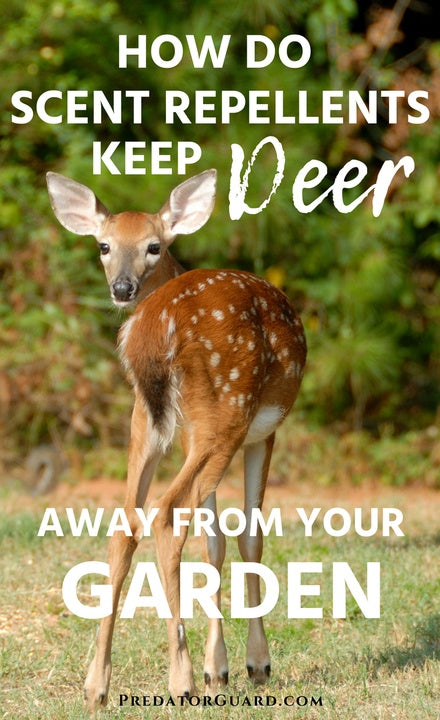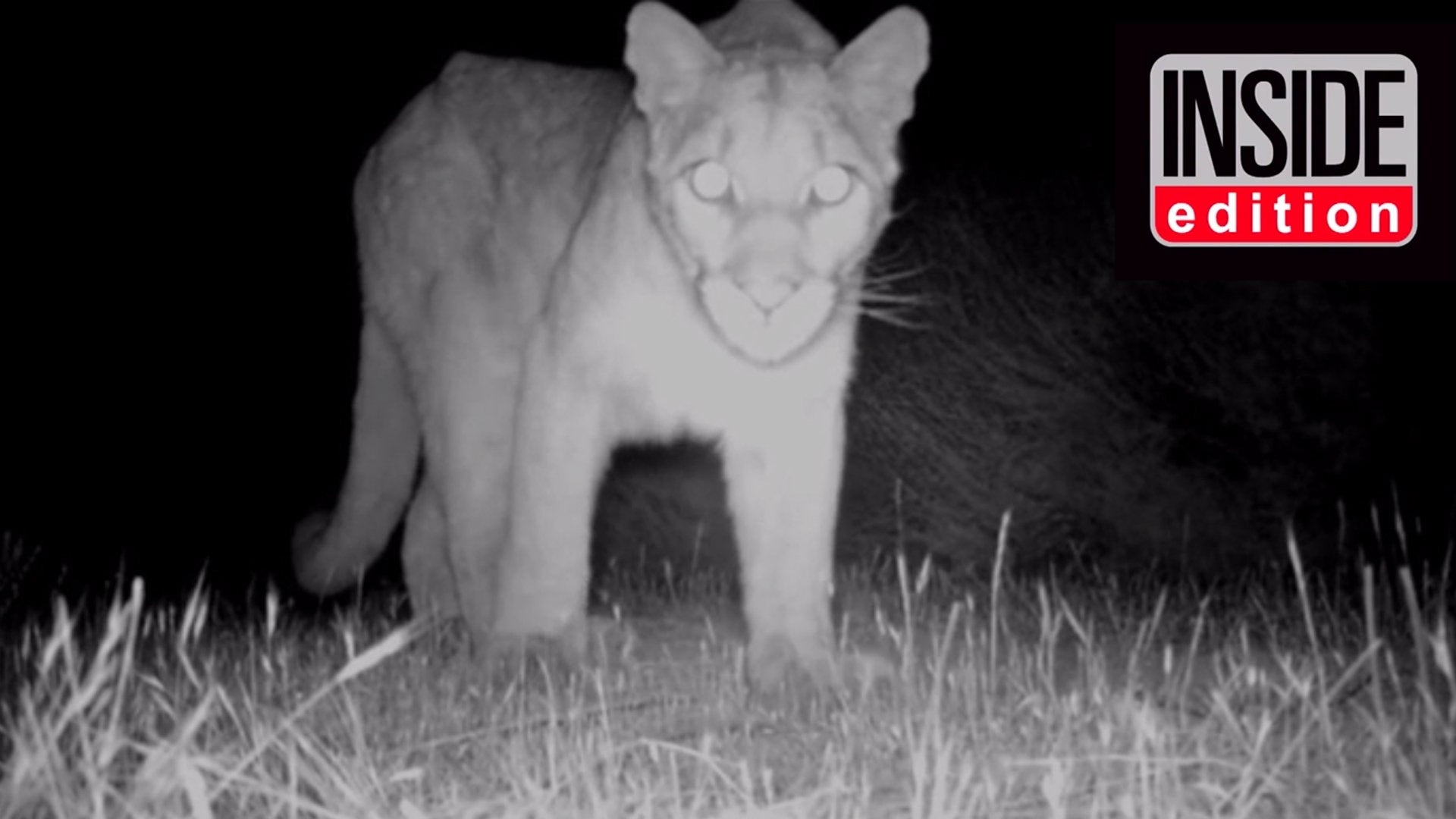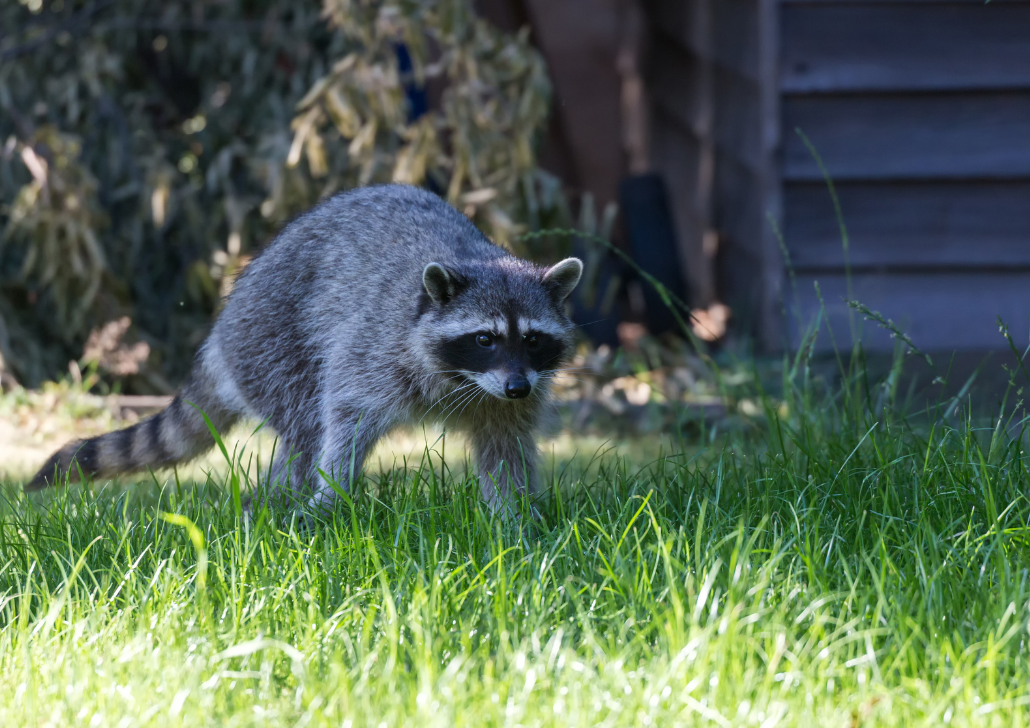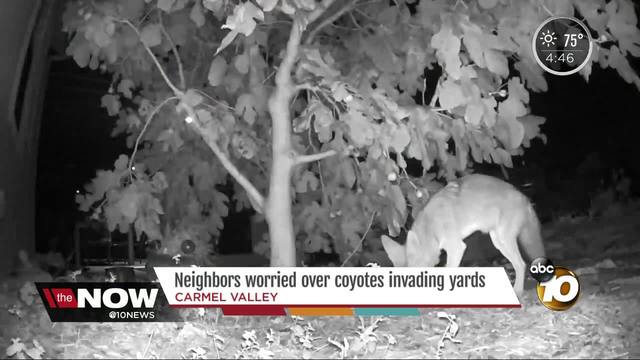Learn how scent repellents keep deer away from your garden or property, and where to buy them.
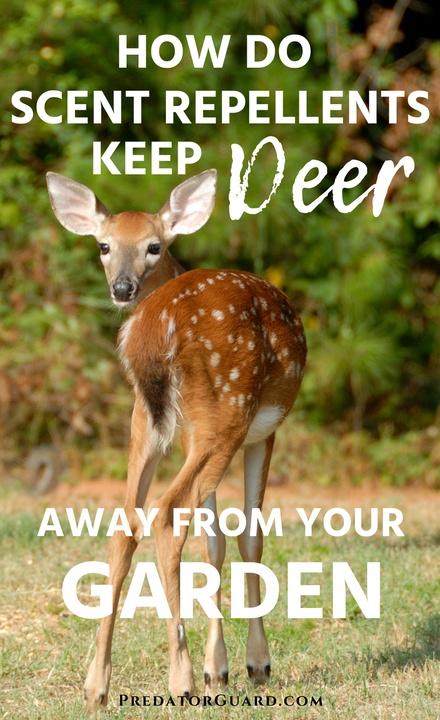

The Power of a Whitetail Deer’s Nose
Before we decide to deploy a scent repellent to deter deer, we must first understand how a deer’s nose works.
A deer’s olfactory gland, or sense of smell, is far superior to ours. By way of comparison, the nose of a deer has up to 297 million olfactory receptors, dogs have 220 million, and humans peak at just 5 million.
A whitetail deer’s survival depends upon its nose.
The scents that it smells play a vital role in its decision making process. Deer have a moist, hairless muzzle, which is highly efficient in trapping scent particles. The nostril is lined by the epithelium, or thin tissue, containing mucous membranes and sensory nerve endings.
Scent molecules are inhaled and dissolved on the moist surface of the epithelium. Responses to this chemical activity flow through sensory nerves to the olfactory bulbs. These bulbs then emit electrical impulses to the brain stem, where each odor is classified.
A whitetail constantly gathers and processes scent.
Here’s a basic example of how well the nose of a whitetail deer works:
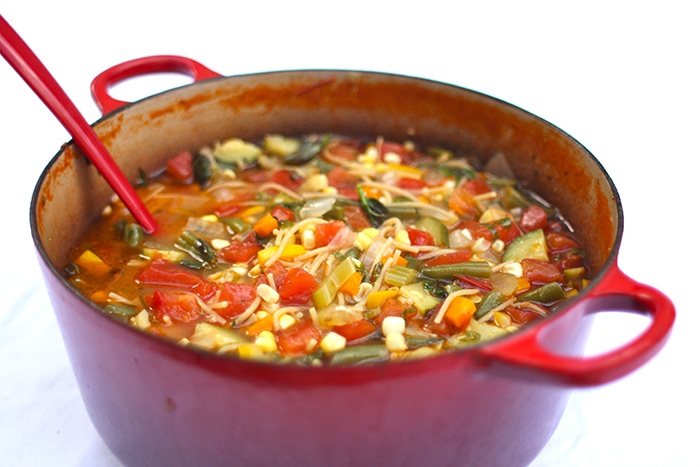 If we smell a pot of vegetable soup simmering on the stove the overall aroma is appealing, yet to our nose the fragrance of each ingredient is lost to the whole. However, if a whitetail deer were to smell that same soup, he would be able to distinguish every one of the separate ingredients making up the soup. Smell, not sight, attracts whitetails to food. If food smells good, the deer will approach and taste it; if it tastes good, they eat it. Their sense of smell enable deer to detect differences in palatability of what they eat.
If we smell a pot of vegetable soup simmering on the stove the overall aroma is appealing, yet to our nose the fragrance of each ingredient is lost to the whole. However, if a whitetail deer were to smell that same soup, he would be able to distinguish every one of the separate ingredients making up the soup. Smell, not sight, attracts whitetails to food. If food smells good, the deer will approach and taste it; if it tastes good, they eat it. Their sense of smell enable deer to detect differences in palatability of what they eat.
A deer’s olfactory gland, or sense of smell, is far superior to ours. By way of comparison, the nose of a deer has up to 297 million olfactory receptors, dogs have 220 million, and humans peak at just 5 million.
A whitetail deer’s survival depends upon its nose.
The scents that it smells play a vital role in its decision making process. Deer have a moist, hairless muzzle, which is highly efficient in trapping scent particles. The nostril is lined by the epithelium, or thin tissue, containing mucous membranes and sensory nerve endings.
Scent molecules are inhaled and dissolved on the moist surface of the epithelium. Responses to this chemical activity flow through sensory nerves to the olfactory bulbs. These bulbs then emit electrical impulses to the brain stem, where each odor is classified.
A whitetail constantly gathers and processes scent.
Here’s a basic example of how well the nose of a whitetail deer works:
 If we smell a pot of vegetable soup simmering on the stove the overall aroma is appealing, yet to our nose the fragrance of each ingredient is lost to the whole. However, if a whitetail deer were to smell that same soup, he would be able to distinguish every one of the separate ingredients making up the soup. Smell, not sight, attracts whitetails to food. If food smells good, the deer will approach and taste it; if it tastes good, they eat it. Their sense of smell enable deer to detect differences in palatability of what they eat.
If we smell a pot of vegetable soup simmering on the stove the overall aroma is appealing, yet to our nose the fragrance of each ingredient is lost to the whole. However, if a whitetail deer were to smell that same soup, he would be able to distinguish every one of the separate ingredients making up the soup. Smell, not sight, attracts whitetails to food. If food smells good, the deer will approach and taste it; if it tastes good, they eat it. Their sense of smell enable deer to detect differences in palatability of what they eat.
So, How Do Scent Repellents Keep Deer Away From Your Garden?
When we introduce a scent repellent like Deer Repel to a garden environment, where low density deer are located, the pungent scent of spice and citrus presents a repulsive signal to the animals’ feeding instincts. They immediately turn away from this scent and seek out other locations to browse and feed.
Deer Repel repellent pouches offer a specially formulated citrus and spice scent that is offensive to both deer and rabbits sense of smell. When hung around the perimeter of a garden, or on the branches of trees, DEER REPEL pouches will stop deer and rabbits eating your plants, gardens, vegetables, orchards, trees, saplings and buds.
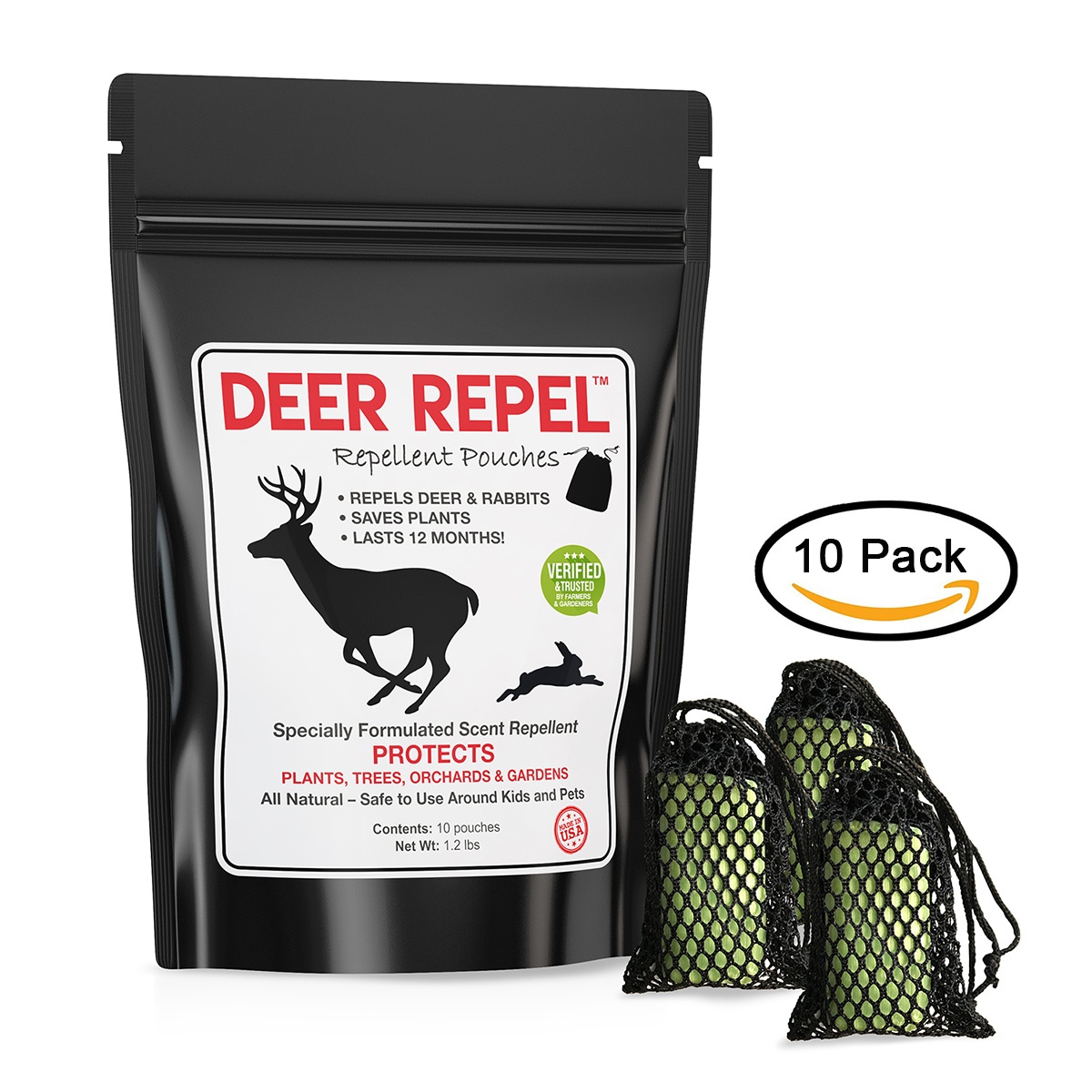
Deer Repel repellent pouches offer a specially formulated citrus and spice scent that is offensive to both deer and rabbits sense of smell. When hung around the perimeter of a garden, or on the branches of trees, DEER REPEL pouches will stop deer and rabbits eating your plants, gardens, vegetables, orchards, trees, saplings and buds.

What Makes Deer Repel Different?
Unlike other deer and rabbit repellents that require animals to browse to be effective,
Deer Repel pouches disrupt animals olfactory function and repel animals from the immediate area. Because deer and rabbits’ natural aversion to this scent will never diminish, this product does not have to be rotated with other repellent brands.
Made in the USA, Deer Repel is non-toxic and does no harm to animals. It is safe to use around kids and pets.
With 10 pouches per pack, a scent perimeter can easily be established around any garden.
Unlike other deer and rabbit repellents that require animals to browse to be effective,
Deer Repel pouches disrupt animals olfactory function and repel animals from the immediate area. Because deer and rabbits’ natural aversion to this scent will never diminish, this product does not have to be rotated with other repellent brands.
Made in the USA, Deer Repel is non-toxic and does no harm to animals. It is safe to use around kids and pets.
With 10 pouches per pack, a scent perimeter can easily be established around any garden.


